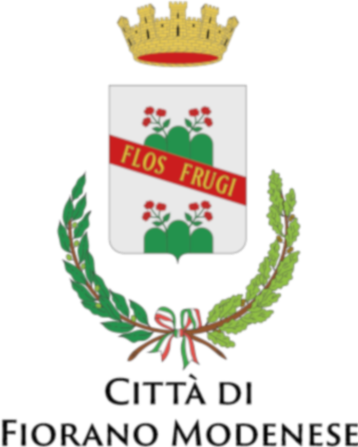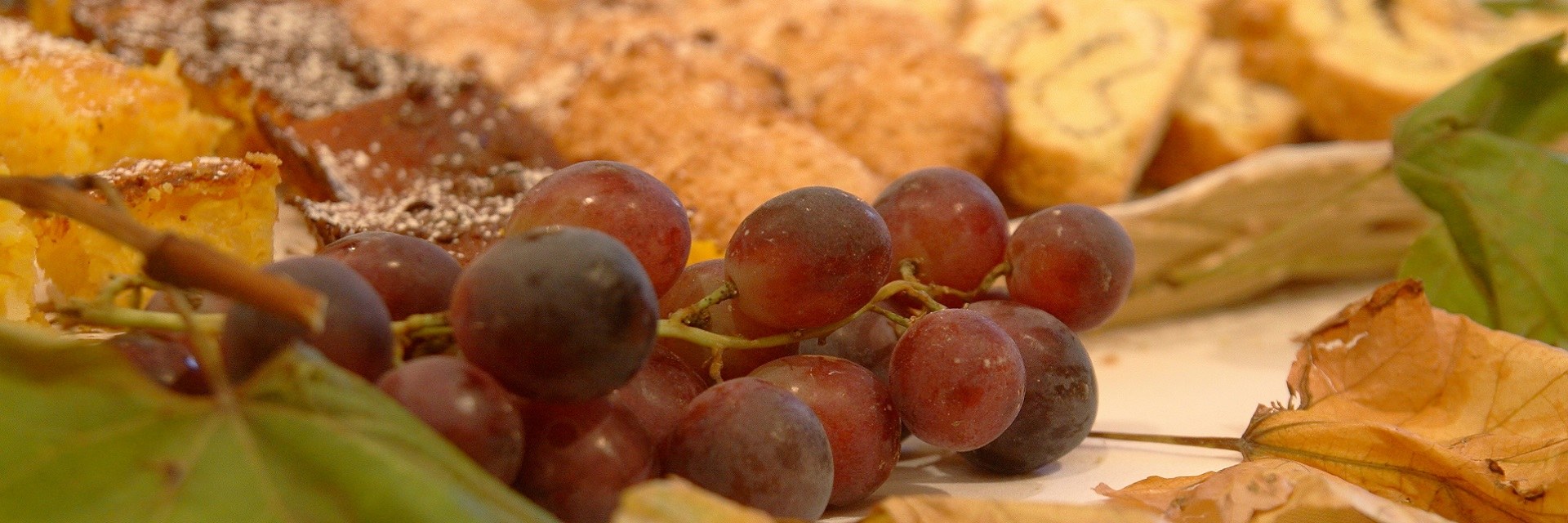Typical products and flavours of the territory
Traditional Modena balsamic vinegar
photo by Elisabetta Pini
Balsamic vinegar has a strong bond with Modenese tradition, but the origins of the vinegar, which is obtained by fermenting fruit, particularly grapes, date to the Babylonians and the Romans, who used it as a condiment, as a food preservative and as a medicine.
The modified vinegars were then created, including the 'Modenese style vinegars'.
Today, in the attics of Modenese families, the cooked grape must alters, under certain conditions, and is transformed over time, in various wooden vessels, into an exquisite product called traditional Modena balsamic vinegar, which has been given the PDO (protected designation of origin) mark.
The history and production rules of balsamic vinegar are preserved by the Spilamberto Consortium.
Town vinegar cellar in the tower
The Fiorano Modenese town vinegar cellar is located in the tower of Spezzano Castle and is open to the public, with a guide and product tasting sessions.
The Lambruscone wine of Fiorano
The Lambruscone or Lambrusco oliva grosso vine was already being described in the nineteenth century as: “Lambruscone or Lambrusco oliva grosso, …large, egg-shaped grapes, dusty: so sparse as not to touch each other. … After fermentation in a vat with peel and clusters of grapes commonly used in Modena, a full-bodied and delicious wine is obtained; The Lombard merchants love it, with its full colour, which masks it perfectly, or they dilute it, with lesser wines (watery and insipid) from other places, where the wine is of poor quality, due both to the abundance of grapes and their insufficient ripening”.
After the most recent restructuring of the vineyards, it is disappearing. The vine grows in the Modenese foothills.
Artichokes
Artichokes need chalky earth and exposure to the sun. They are typically grown in the gardens on the hills above the Sanctuary of Fiorano: artichoke beds once covered entire sides of the hills of Fiorano and several families have continued production to the present day.
Capers
The caper plant needs chalky earth and often grows on the stone walls of houses with good exposure to the sun; they can still be seen on the walls of Nirano Castle and the Sanctuary of Fiorano. The buds are preserved in salt and are the perfect accompaniment to many traditional local dishes.
White and black figs
“A great era … the income from the figs, which every morning, during the harvest, were brought to the squares of Modena and Reggio and even Bologna, and were considered to be the best and the most flavoursome of the Modena and Reggio hills” (Guido Bucciardi, 1934, Fiorano nelle vicende storiche del Castello e del Santuario: dalle origini al 1859, Modena)
“….. Fiorano, dove nascono fichi in copia grande …” (Alessandro Tassoni, 1622, La Secchia Rapita, canto III, 44)
Tigelle o crescentine
La regina delle specialità rustiche modenesi sembra cambiare nome a seconda dei gusti o delle zone. Ma non è solo una questione di tradizioni. Il termine “crescentina” indica di fatto questo impasto di farina cotto in piccoli dischi. Le tigelle sono invece, almeno in origine, i piccoli sostegni circolari in terracotta utilizzati proprio per cuocere le crescentine attorno al fuoco. In ogni caso se passi dalle parti di Fiorano Modenese non puoi non gustare questa specialità che viene proposta da tutti i ristoranti, trattorie della zona.
Ecco qui un simpatico omaggio in musica alla bontà delle tigelle o crescentine.
Recipes of the Museum of Ceramics of Fiorano
Strichetti (fresh pasta) with bacon and peas - Strichàt cun la rudea e la pansàta (Fiorano dialect). Recipe of Mirella Fiandri
Tagliatelle pasta with artichokes and peas - Taiadeli cun carciofen e rudea (Fiorano dialect). Recipe of Elena Taccini
Green sauce for boiled meat with 'caparein' (Fiorano capers). Recipe of Mirella Fiandri
Caramelised Fiorano figs (figh). Recipe of Enza Giacobazzi
Bensone cake of Fiorano - Al busilen ed Fiuran (Fiorano dialect). Recipe of Mirella Fiandri
Rhyme on the Bensone cake in Fiorano dialect
Al busilen ed Fiuran
Alaura ag vuel di uav e dla faraina
dal socher e dal lat,
al dev eser tander e cot in dal fouren con un poc ed socher souvra.
La mama la nin feva du o tri ala volta e a laimitiva in dla cambra (a ghiera poc post)
e me quan andeva a let a nin magneva seimper un pcaun
e la mama da dedlà lam giva 'canta at voi seintir canter.....'
(segnalata da Antonella Minelli)
translation of the rhyme:
So, you need eggs, flour, sugar and milk: it should be soft and cooked in the oven with a sprinkling of sugar on top. My mother made two or three at a time and placed them in the room (there was not much space). When I went to bed, I always ate a small piece and, from the kitchen, my mother would say: "sing, I want to hear you sing"...

